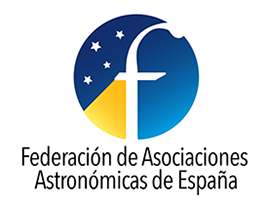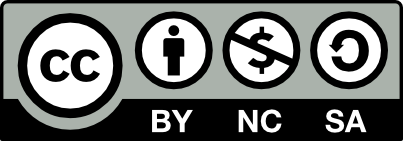
EDITORIAL
En el presente número de JCAAC seguimos dando continuidad a las secciones abiertas en los números anteriores. En particular, se ofrece el segundo artículo dedicado al Observatorio Virtual, con una aplicación a la caracterización de cúmulos abiertos utilizando la herramienta Clusterix 2.0, un producto que resulta de la colaboración entre diferentes instituciones de investigación españolas. Asimismo,se presenta la segunda entrega de la sección sobre Programación de Dispositivos Astronómicos y, en la sección sobre Astronomical Computing, se trata el asunto de cómo reducir la posición de objetos astronómicos y organizar algunos cálculos. Finalmente, la sección Software for Photometry & Astrometry continúa con la aplicación del software Tycho al difícil asunto de la fotometría de cometas.
Como artículos de aplicación, contamos en este número con dos interesantes aportaciones. En la primera se presenta una esfera armilar construida en madera, y se sientan las bases del modo de funcionamiento del instrumento, con medidas reales. Además, se pone este instrumento en un contexto histórico, con interesantes explicaciones sobre la evolución del aparato y su uso en la antigüedad. En la segunda aplicación, de gran actualidad como prolegómeno de la serie de eclipses que podremos observar próximamente desde la península ibérica, se presenta un método para el cálculo de los instantes de contacto primero y cuarto en un eclipse solar parcial, con medidas reales. Los resultados son excelentes y están sujetos a mejoras, las cuales serán objeto de futuras contribuciones a JCAAC.
___________
In the current issue of JCAAC we continue the sections introduced in previous editions. In particular, this issue features the second article devoted to the Virtual Observatory, with an application focused on the characterization of open clusters using the tool Clusterix 2.0,a product resulting from collaboration between various Spanish research institutions. In addition, we present the second installment of the section on Programming for Astronomical Devices, and in the Astronomical Computing section we address how to reduce the position of astronomical objects and perform certain calculations. Finally, the Software for Photometry & Astrometry section continues with the application of the Tycho software to the challenging task of comet photometry.
As for applied articles, this issue includes two interesting contributions. The first presents a wooden armillary sphere and lays out the basic principles of how it works, supported by real measurements. The instrument is also placed in a historical context, with insightful explanations about its evolution and use in antiquity. The second applied article is particularly timely, as a prelude to the upcoming series of eclipses visible from the Iberian Peninsula. It presents a method for calculating the first and fourth contact times in a partial solar eclipse, based on real measurements. The results are excellent and open to further improvement, which will be the subject of future contributions toJ CAAC.
E. Velasco, July 2025





